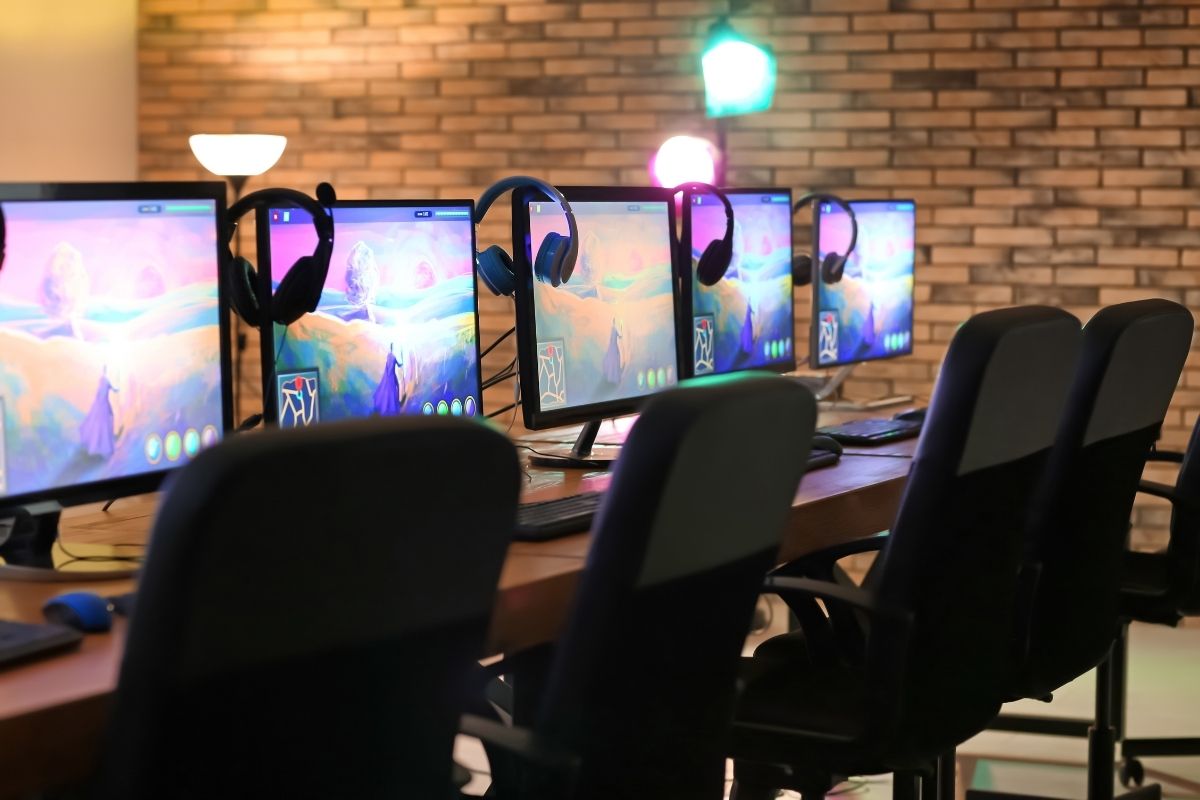The Future of Gaming: The Industry’s Future Must be Diverse
The gaming industry does not look like the people playing their games. Everybody plays games, yet not everybody gets to contribute to making games, explains Jessica Hammer. It’s an incredible loss for the game industry. In Hammer’s experience, her game design classes look more representative of the world than they do the game industry. For example, her classes tend to have at least 50% female students. They also reflect a more accurate depiction of the population in terms of racial diversity, gender expression, and sexual orientation.
And after 15 years of teaching game design Hammer has learned just how much her students are always able to surprise her. Even when imposing strict constraints such as: “You’re going to make a non-digital game one of whose main materials is water, good luck,” they are able to produce exceptional games. Hammer suspects that part of this incredible creativity comes from having a diversity of life experiences and social perspectives that they’re bringing to the table.
When people ask her what they should learn to be a game designer, her answer is simple. Be curious about life. If you consume primarily games, or geek media, or stories, or experiences of people just like you, you are going to make boring games. The secret to brilliant game design is to be what she refers to as ‘a little bit of an intellectual magpie’. You should be looking around the world for fascinating and shiny things that don’t already appear in games so you can bring them home to your nest.
When we talk about diversity in the game industry, we’re talking about people who have a leg up on what we already see in games. They don’t have to go out and collect shiny things. Jessica Hammer is a woman in the gaming industry. There is already an incredible set of experiences to build on. That’s one of the reasons that she believes indie games are one of the richest sources of innovation in the gaming world. Because the barrier to entry is lower, and you see an enormous amount more diversity than you do in, for example, triple AAA games. And that innovation is filtering up into mainstream games. And for Hammer, her vision for the gaming world’s future is to see women, people of color, and queer creators who are the source of this creativity innovation be rewarded and paid for it.
